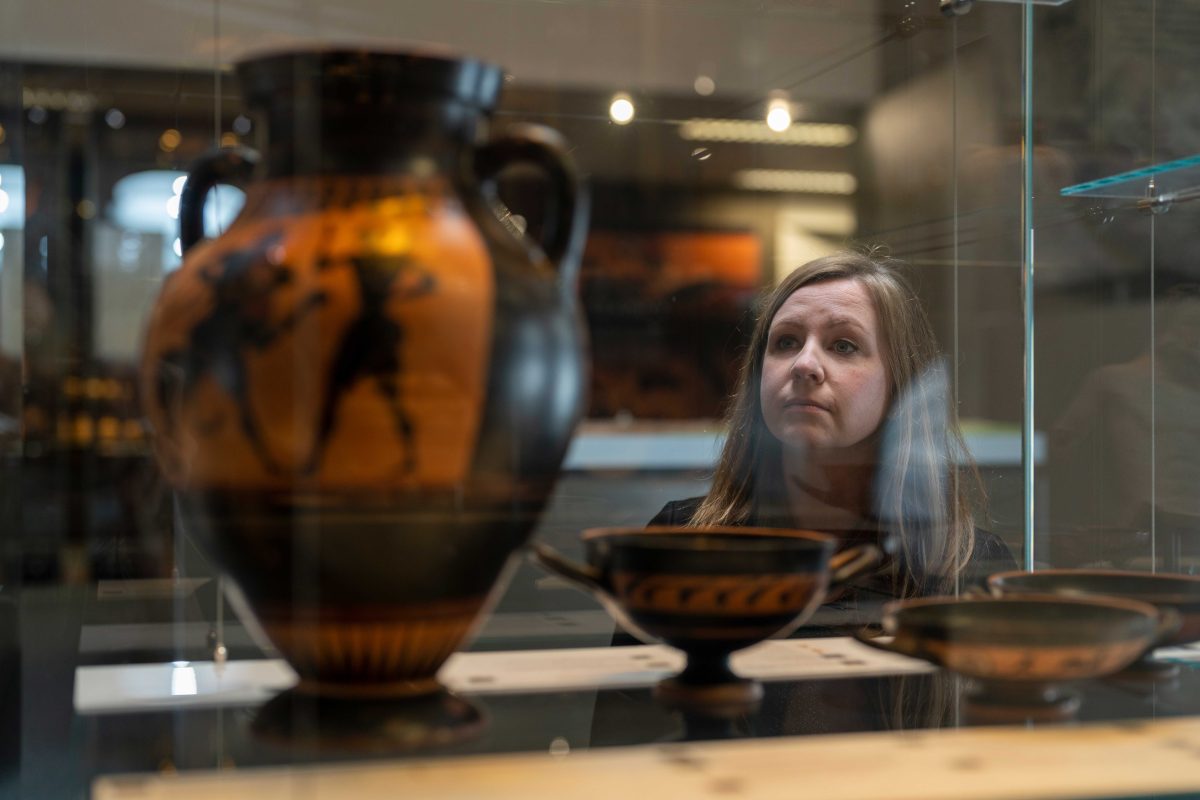
ANU Classics Museum curator Dr Georgia Pike-Rowney and Attic black-figure amphora. Photo: ANU.
An ornately decorated vase from 530 BC that has spent the past 40 years at the Australian National University (ANU) in Canberra is set to be returned to Italy after it was revealed it had connections to the illegal antiques trade.
The vase is an ‘amphora’, a two-handled vessel common to the ancient Mediterranean world.
The particular Attic black-figure example in the ANU’s Classics Museum is said to be 2500 years old and depicts Hercules fighting the Nemean Lion.
The ANU purchased it in good faith in 1984 from Sotheby’s in London and christened it the ‘Johnson Vase’ in honour of the university’s founding professor of Classics, Professor Richard St Clair Johnson.
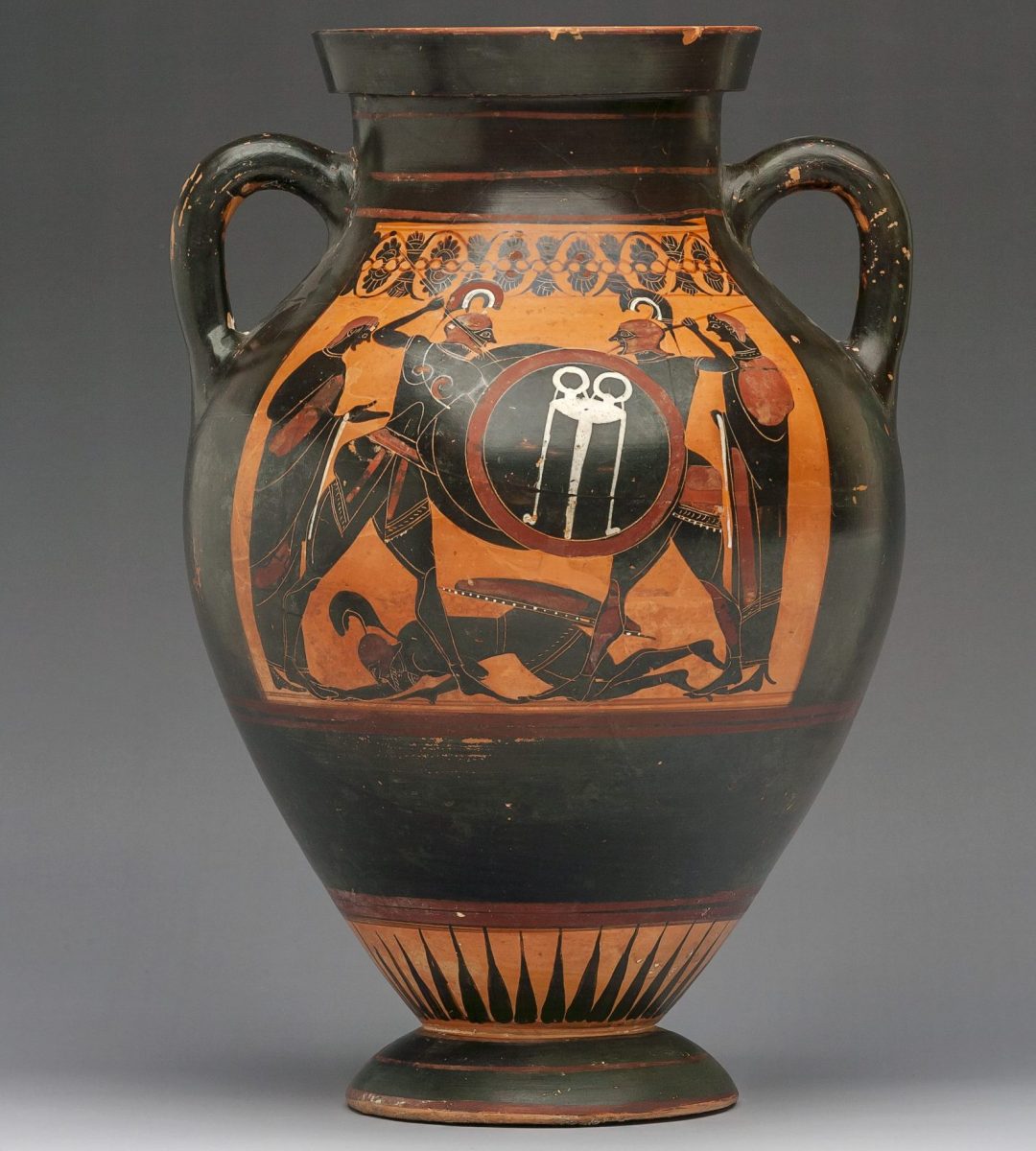
The Attic black-figure amphora. Photo: ANU.
Last year, however, it was picked up by a specialist squad of Italy’s military police force, the ‘Carabinieri Command for the Protection of Cultural Heritage’.
Using an AI-driven ‘Stolen Works of Art Detection System’ (SWOADS), the Carabinieri had discovered the vase held by the ANU was the same as one in a polaroid photo from a historic criminal investigation.
They claim the vase was “illegally excavated and sold” by a dodgy dealer who was active in the Italian antiques trade from the 1970s to the 1990s.
The ANU says it has been working with the local Italian Embassy in liaison with the Carabinieri and has now signed a repatriation agreement with the Italian government to “return the vase to its rightful owners”.
“Conversations about the repatriation of ancient artefacts have become prominent in recent years as institutions across the world grapple with the legacies of historical collection practices,” ANU Classics Museum curator Dr Georgia Pike-Rowney says.
“ANU is no exception. As Australia’s national university, ANU must be at the forefront of best practice in the management of restitution and repatriation cases.”
Under the agreement, the ANU can still keep the vase on loan for four years (with the possibility of a four-year extension) for research and teaching purposes.
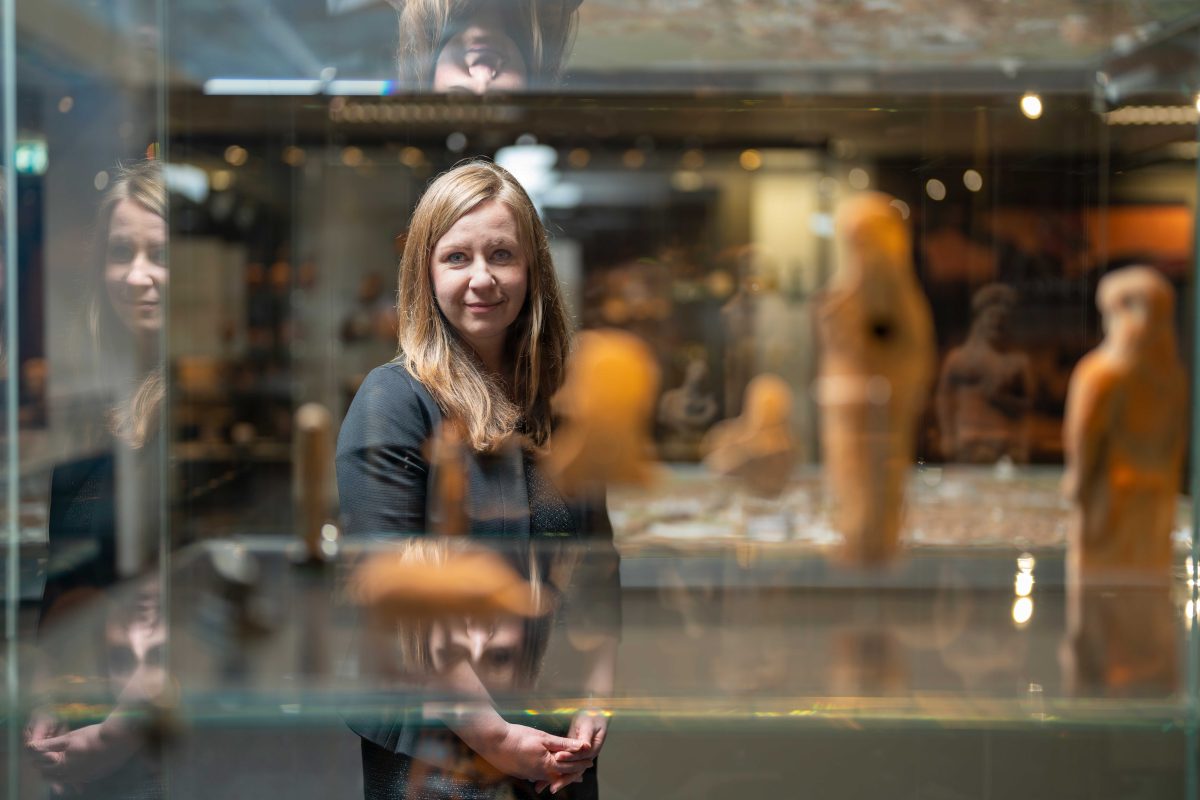
ANU Classics Museum curator Dr Georgia Pike-Rowney. Photo: ANU.
However, it will lose its ties to Professor Johnson’s name; instead, a reading room for students of classical studies will be renamed in his honour.
Dr Pike-Rowney describes the vase as a “stunning example” of the craftsmanship the ancient Mediterranean world was famous for.
“A vessel with two handles, the amphora, would have been used for storing olive oil or wine,” she says.
“One side of the vase depicts the hero of Greek mythology and son of Zeus, Herakles, fighting the Nemean Lion. The other shows two warriors in combat.”
Following the discovery of the Johnson Vase, the Carabinieri also asked for information on other items in the ANU Classics Museum.
This revealed a second “problematic item” – an Apulian red-figure fish plate also purchased in 1984 and believed to have been smuggled out of Italy by another well-known dealer of illicit items, David Holland Swingler.
“ANU purchased the fish plate from Holland Coins and Antiquities in the United States in 1984, which was run by Swingler, who has since been revealed as a key player in the illegal antiquities trade in the 1980s and 1990s,” Dr Pike-Rowney explains.
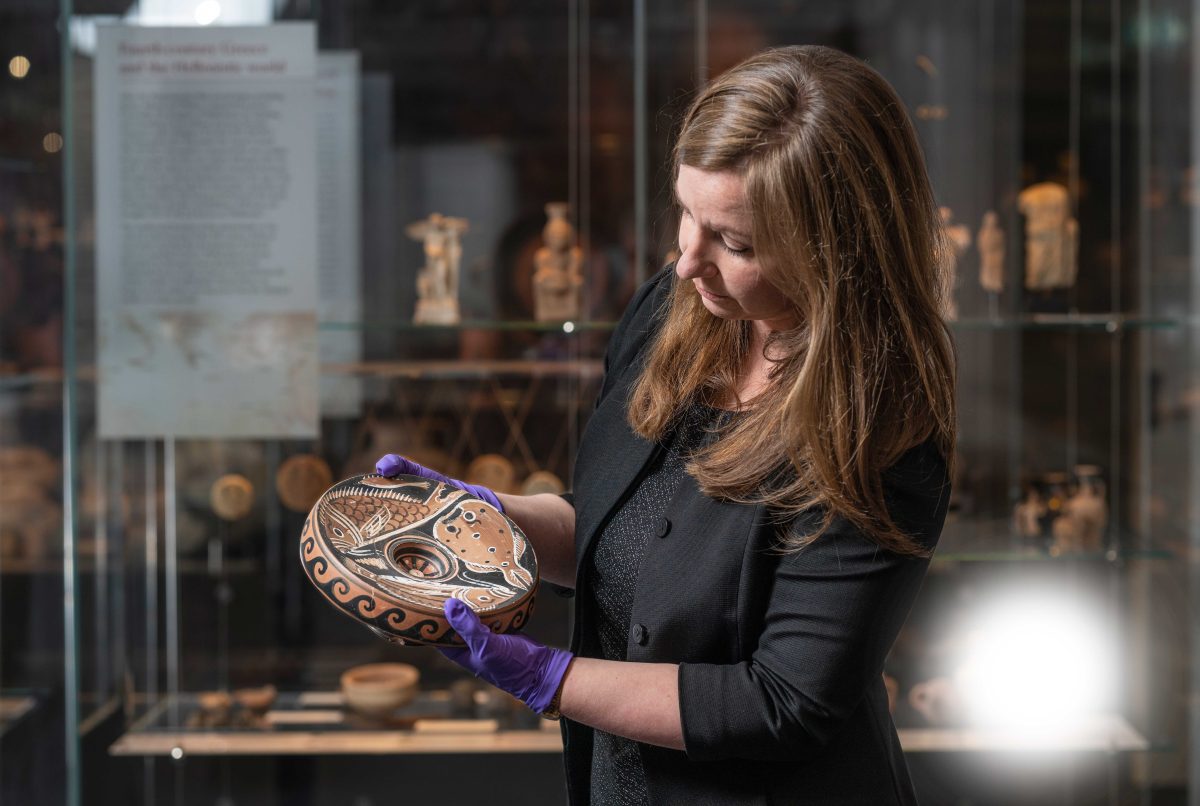
ANU Classics Museum curator Dr Georgia Pike-Rowney and the Apulian red-figure fish plate. Photo: ANU.
“During trips to Italy, Swingler sourced material directly from tombaroli – literally ‘tomb robbers’ – who undertook illegal excavations and then smuggled the items to the US hidden among bundles of pasta and other Italian foods.”
The ANU will return both items to the Italian government during an official ceremony “at a future date”. For now, the fish plate will remain on loan under the same conditions as the vase.
That’s not all.
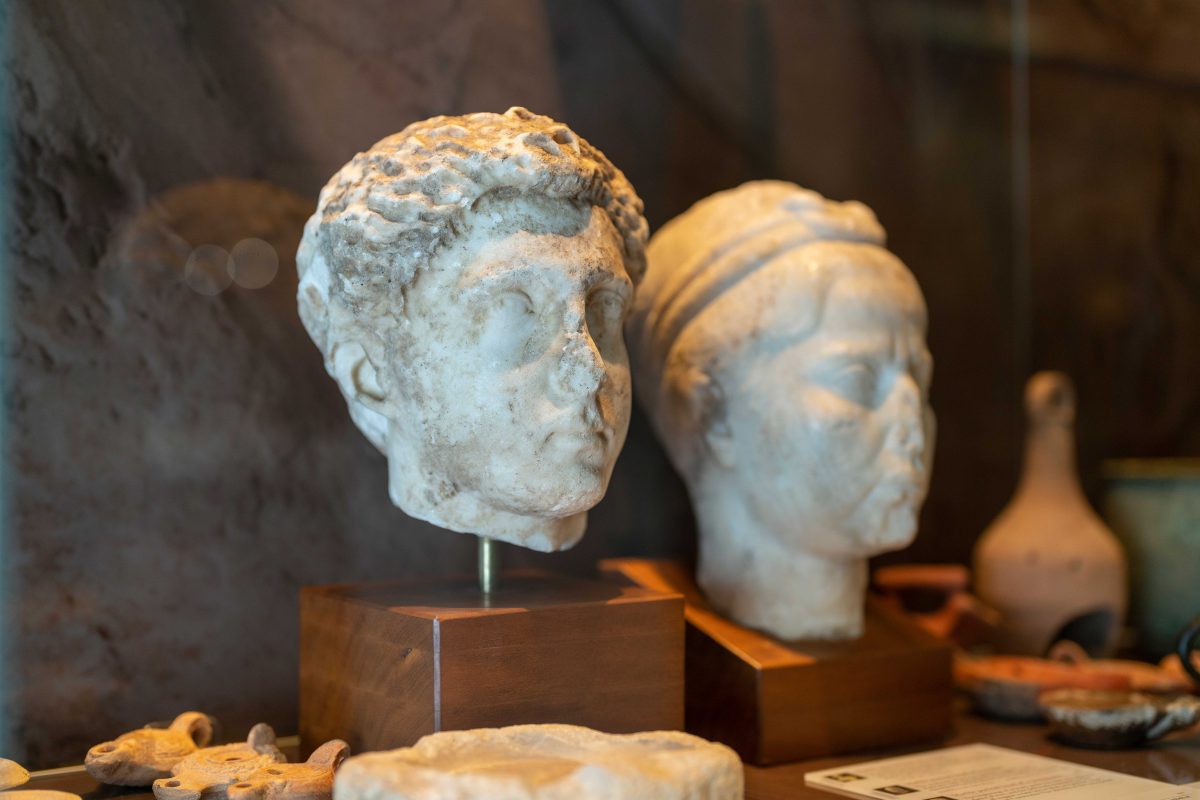
Items in the ANU Classics Museum. Photo: ANU.
An ANU’s internal investigation revealed a third item’s shady past – this time a Roman marble portrait, also from Sotheby’s in London.
The piece is connected to a collection owned by the Vatican that was on display in the Lateran Palace in Rome.
“The Carabinieri have received permission to act on the Vatican’s behalf to repatriate the items and ANU looks forward to resolving this case in the future,” the ANU says.
The Italian government’s Carabinieri Command for the Protection of Cultural Property manages the cultural database ‘Leonardo’ – the largest in the world with 8 million works of art surveyed, of which nearly 1.5 million have been stolen.












